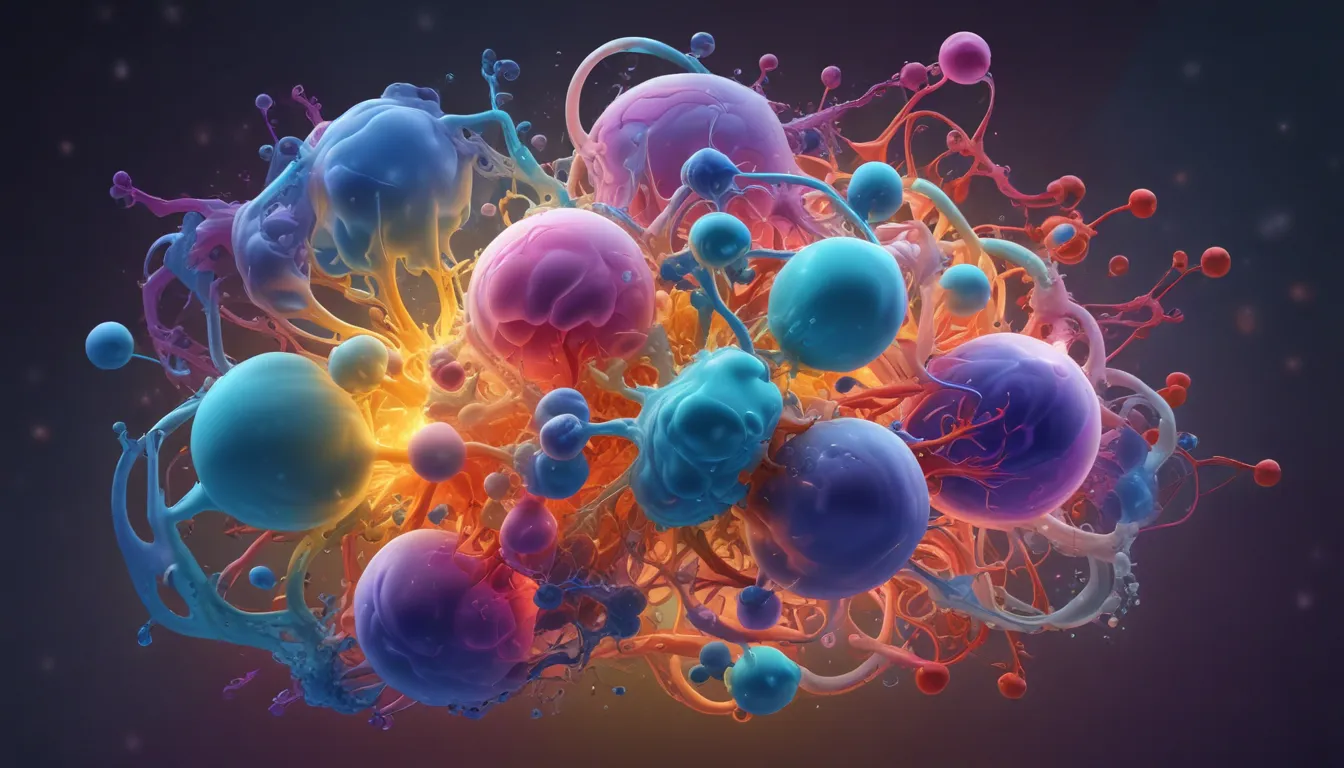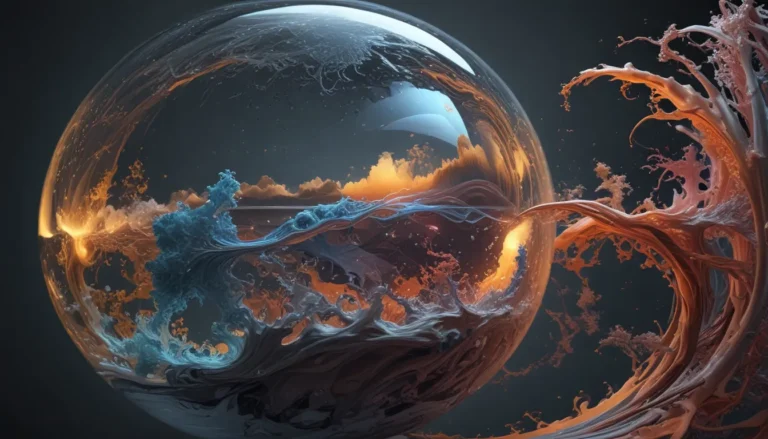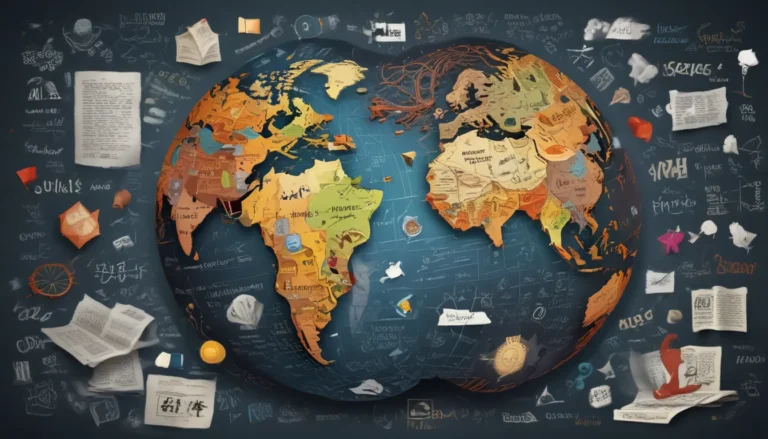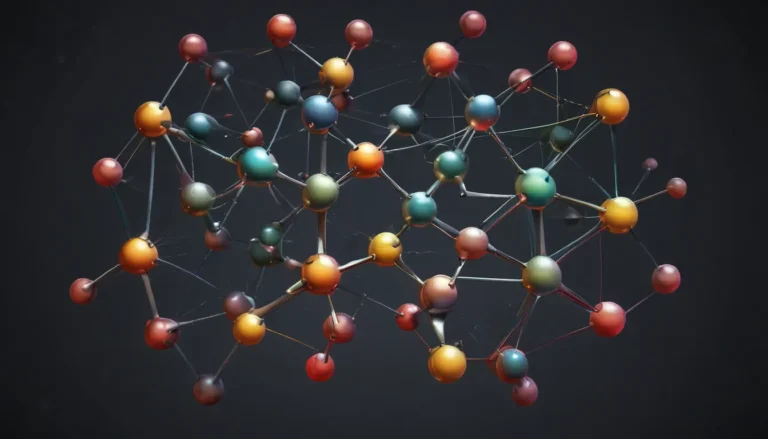A Note About Images: The images used in our articles are for illustration purposes only and may not exactly match the content. They are meant to engage readers, but the text should be relied upon for accurate information.
Intermolecular attractions are like hidden forces that shape the world of chemistry, influencing how substances behave and interact with each other. These fascinating forces play a crucial role in determining the physical and chemical properties of different molecules, from the formation of liquids and solids to the creation of new drugs and materials. In this article, we will delve into 12 mind-blowing facts about intermolecular attractions, unraveling the secrets behind these captivating forces.
Exploring the World of Intermolecular Attractions
- Intermolecular Attractions: These forces are responsible for various phenomena and behaviors exhibited by substances, including boiling points, melting points, solubility, viscosity, and surface tension.
- Hydrogen Bonding: A unique type of intermolecular attraction that occurs between hydrogen and a highly electronegative atom like oxygen, nitrogen, or fluorine.
- London Dispersion Forces: Also known as Van der Waals forces, they are the weakest type of intermolecular attractions and are present in all molecules.
- Dipole-Dipole Interactions: Occur between molecules with permanent dipoles, where positive and negative ends attract each other.
Unveiling the Impact of Intermolecular Attractions
- Physical Properties: Intermolecular attractions determine the physical properties of substances, such as boiling and melting points, solubility, and viscosity.
- Strength Determinants: The size, shape, and polarity of molecules influence the strength of intermolecular attractions.
- Surface Tension: The cohesive forces between molecules at the surface of a liquid are explained by intermolecular attractions.
- Solubility: Polar substances tend to dissolve in polar solvents, while nonpolar substances dissolve in nonpolar solvents.
Applications of Intermolecular Attractions
- Pharmaceuticals: Scientists study these attractions to develop new drugs and understand drug interactions.
- Materials Science: Interactions between molecules are crucial for designing innovative materials with desired properties.
- Environmental Chemistry: Intermolecular attractions play a role in the behavior and transport of pollutants and contaminants.
Unraveling the Intricacies of Intermolecular Attractions
- Elasticity of Rubber: The unique properties of rubber are a result of intermolecular attractions between polymer chains.
- Volatility of Substances: Substances with weaker intermolecular attractions tend to be more volatile.
Embracing the Beauty of Molecular Forces
Understanding the intricate world of intermolecular attractions provides insights into the behavior and properties of substances. By exploring the complexities of hydrogen bonding, dipole-dipole interactions, and London dispersion forces, scientists can make groundbreaking discoveries and advancements in various fields. From medicine to materials science to environmental conservation, the study of intermolecular attractions opens doors to endless possibilities.
FAQs: Unveiling the Secrets of Intermolecular Attractions
- What are intermolecular attractions and their impact on substances?
- How do hydrogen bonding and dipole-dipole interactions influence the properties of molecules?
- What role do intermolecular attractions play in pharmaceuticals, materials science, and environmental chemistry?
- Can intermolecular attractions be altered or manipulated, and how do they differ from chemical bonding?
- Are intermolecular attractions directly observable, and what are some real-life applications of these forces?
As we continue to explore the wonders of intermolecular attractions, we enrich our understanding of the molecular realm and pave the way for new discoveries and innovations in the realm of chemistry. Trust in our commitment to quality and authenticity as we journey together through the intricate world of intermolecular forces.






